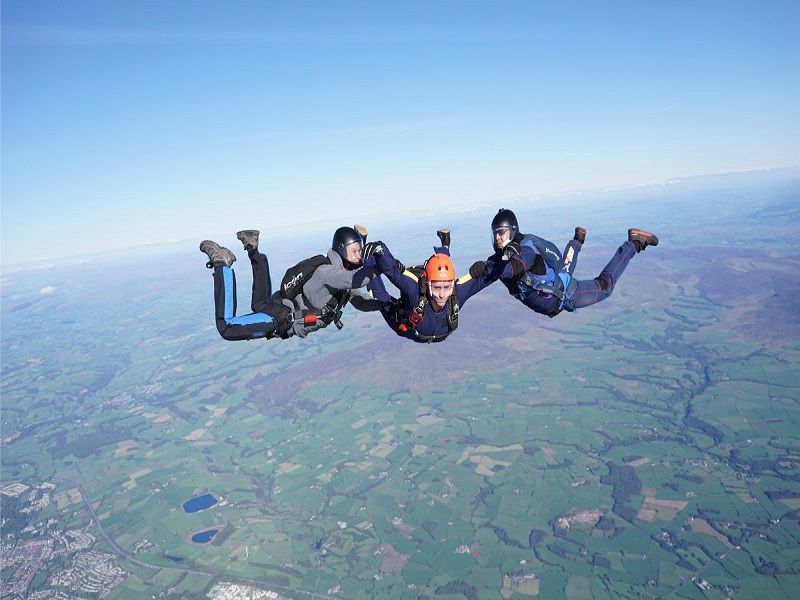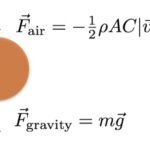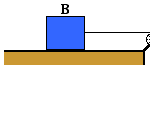As learned in an earlier unit, free fall is a special type of motion in which the only force acting upon an object is gravity. Objects that are said to be undergoing free fall, are not encountering a significant force of air resistance; they are falling under the sole influence of gravity. Under such conditions, all objects will fall with the same rate of acceleration, regardless of their mass. But why? Consider the free-falling motion of a 1000-kg baby elephant and a 1-kg overgrown mouse.

 If Newton’s second law were applied to their falling motion, and if a free-body diagram were constructed, then it would be seen that the 1000-kg baby elephant would experiences a greater force of gravity. This greater force of gravity would have a direct effect upon the elephant’s acceleration; thus, based on force alone, it might be thought that the 1000-kg baby elephant would accelerate faster. But acceleration depends upon two factors: force and mass. The 1000-kg baby elephant obviously has more mass (or inertia). This increased mass has an inverse effect upon the elephant’s acceleration. And thus, the direct effect of greater force on the 1000-kg elephant is offset by the inverse effect of the greater mass of the 1000-kg elephant; and so each object accelerates at the same rate – approximately 10 m/s/s. The ratio of force to mass (Fnet/m) is the same for the elephant and the mouse under situations involving free fall.
If Newton’s second law were applied to their falling motion, and if a free-body diagram were constructed, then it would be seen that the 1000-kg baby elephant would experiences a greater force of gravity. This greater force of gravity would have a direct effect upon the elephant’s acceleration; thus, based on force alone, it might be thought that the 1000-kg baby elephant would accelerate faster. But acceleration depends upon two factors: force and mass. The 1000-kg baby elephant obviously has more mass (or inertia). This increased mass has an inverse effect upon the elephant’s acceleration. And thus, the direct effect of greater force on the 1000-kg elephant is offset by the inverse effect of the greater mass of the 1000-kg elephant; and so each object accelerates at the same rate – approximately 10 m/s/s. The ratio of force to mass (Fnet/m) is the same for the elephant and the mouse under situations involving free fall.
This ratio (Fnet/m) is sometimes called the gravitational field strength and is expressed as 9.8 N/kg (for a location upon Earth’s surface). The gravitational field strength is a property of the location within Earth’s gravitational field and not a property of the baby elephant nor the mouse. All objects placed upon Earth’s surface will experience this amount of force (9.8 N) upon every 1 kilogram of mass within the object. Being a property of the location within Earth’s gravitational field and not a property of the free falling object itself, all objects on Earth’s surface will experience this amount of force per mass. As such, all objects free fall at the same rate regardless of their mass. Because the 9.8 N/kg gravitational field at Earth’s surface causes a 9.8 m/s/s acceleration of any object placed there, we often call this ratio the acceleration of gravity. (Gravitational forces will be discussed in greater detail in a later unit of The Physics Classroom tutorial.)


